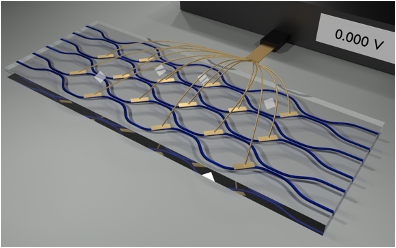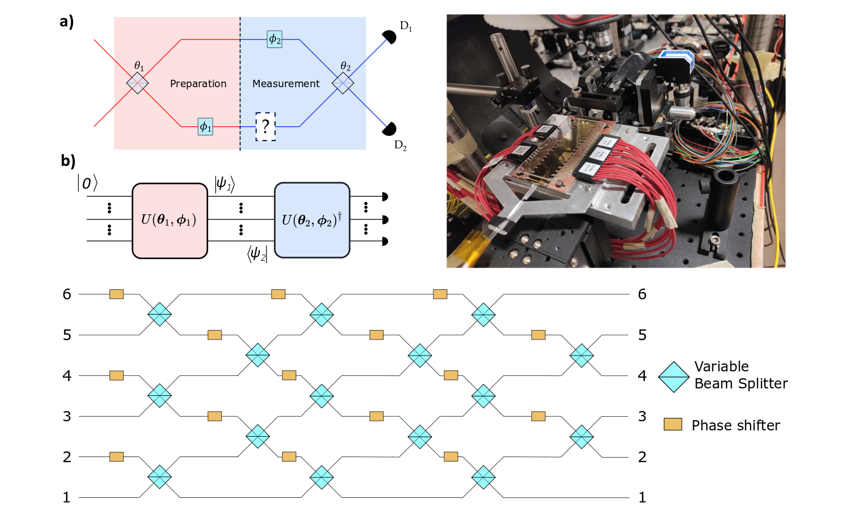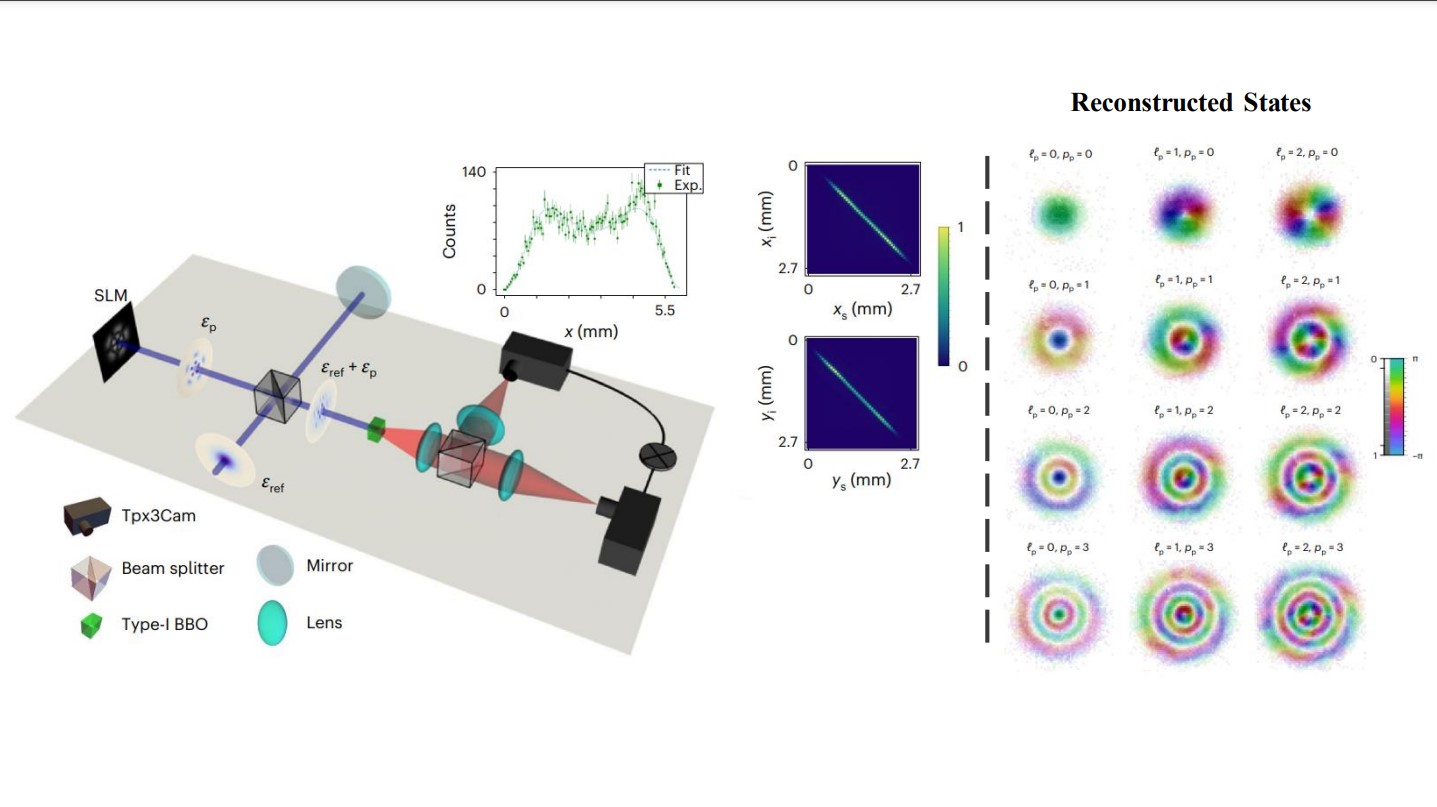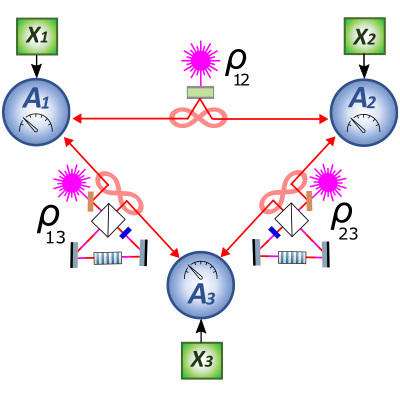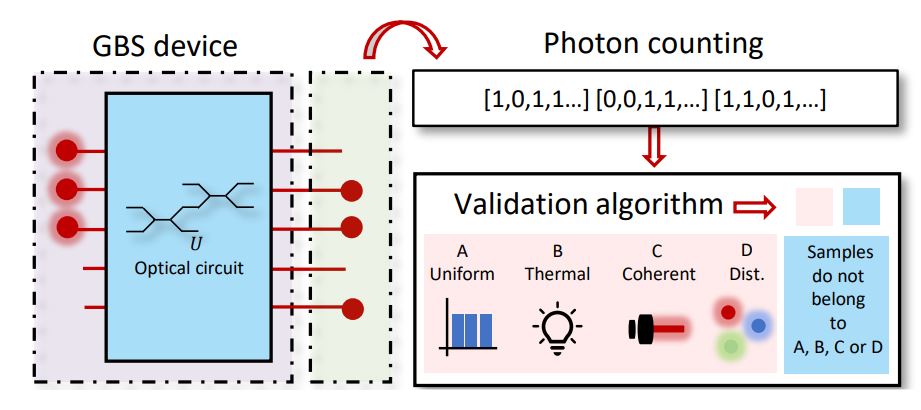Evaluating the “quantumness” of a quantum compute
INL, Sapienza University of Rome, CNR-INF and Politecnico di Milano, have recently published a new study that demonstrates how to certify several quantum properties of devices of increasing complexity. The paper was published on November 3rd in the journal Science Advances (full publication here). Programmable optical circuits are one of the leading architectures for quantum information processing. They enable tests of key aspects … Leggi tutto

